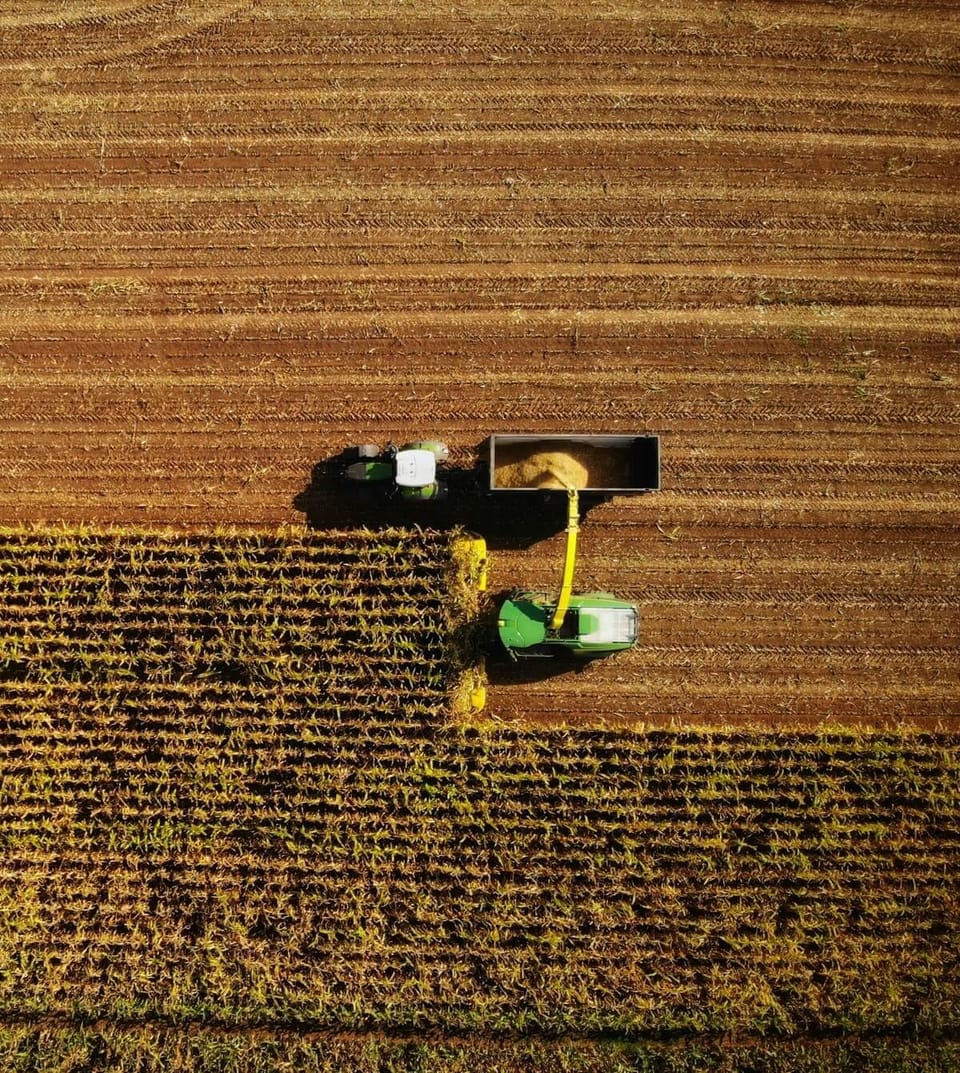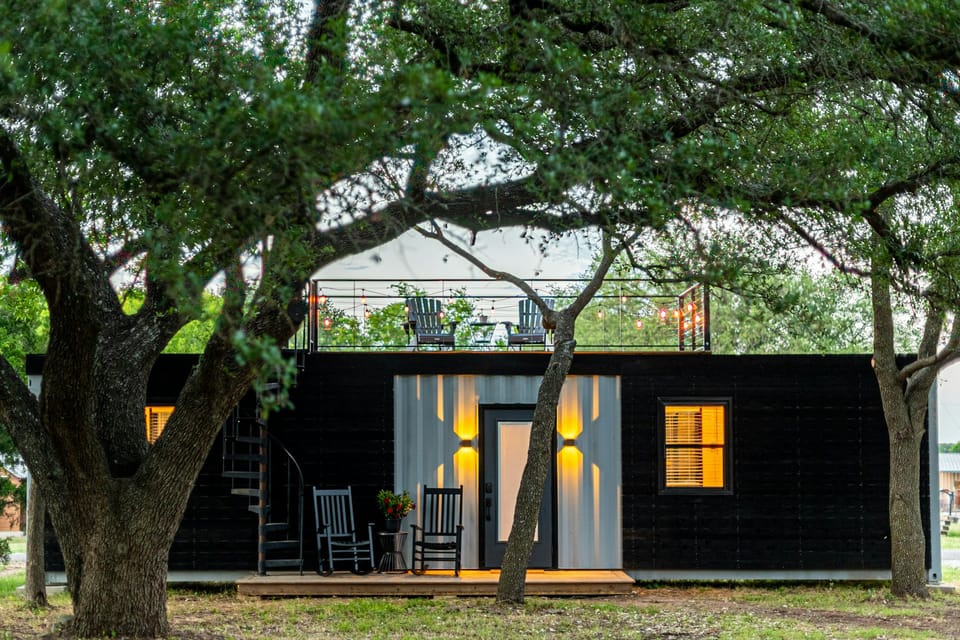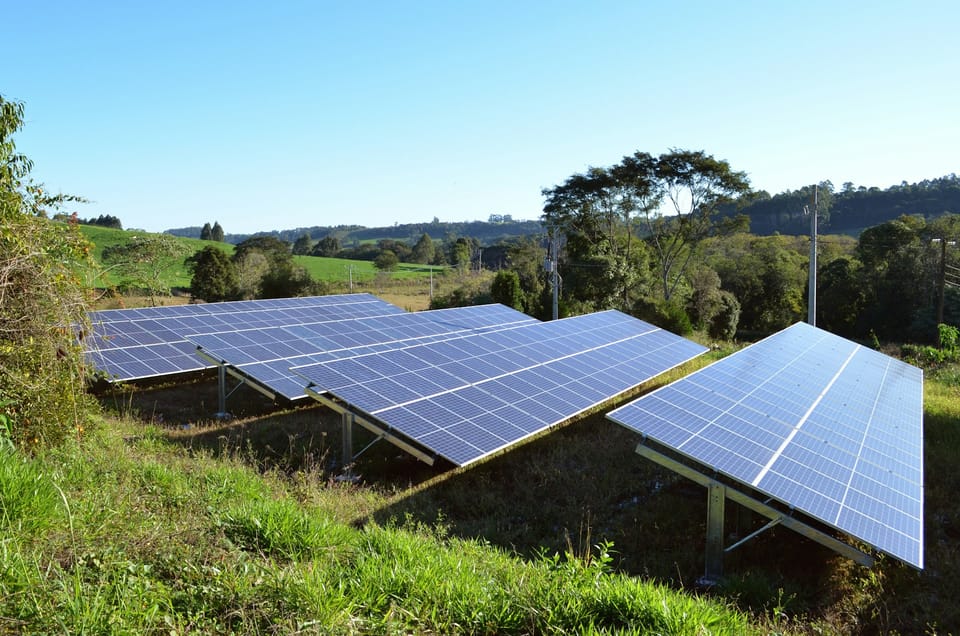Can Regenerative Farming Save Our Food?
Regenerative farming goes beyond organic—it rebuilds soil health, captures carbon, and revitalizes ecosystems. Learn how this powerful method could be key to saving our food system and the planet.
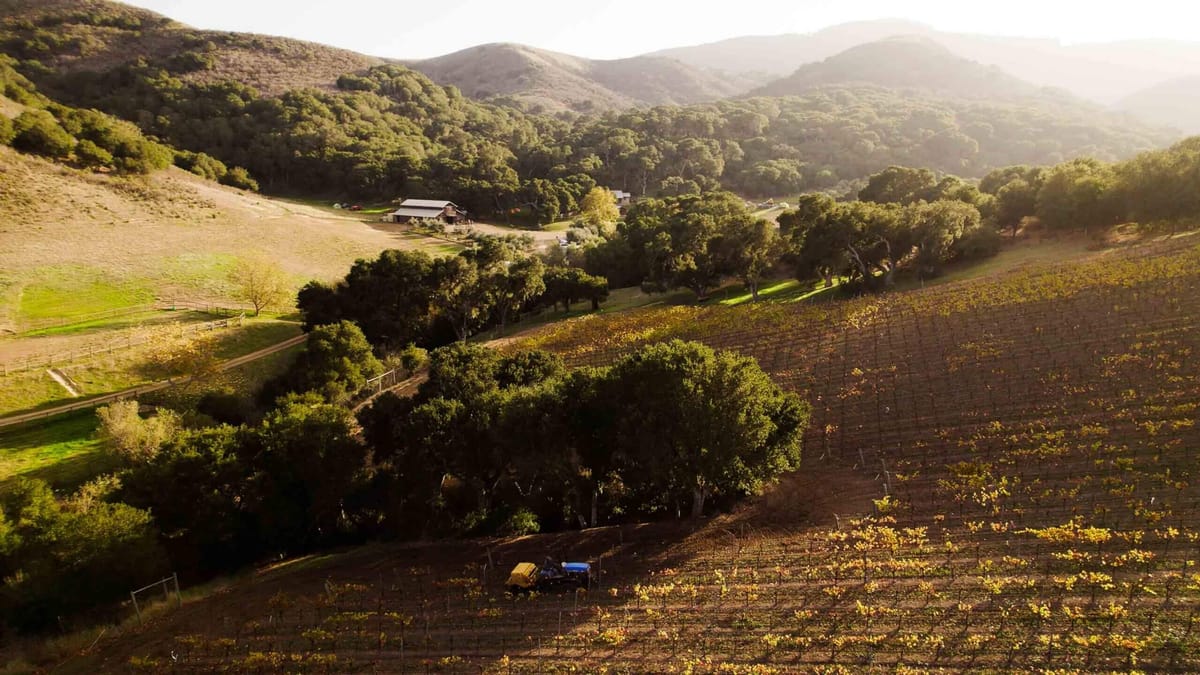
There’s a particular resounding quiet at White Buffalo Land Trust’s 1,000-acre farm. It’s not silent, but more a natural hum. Birds chirp, bees buzz, the breeze drifts. It’s like the soundtrack for peaceful meditation.
Things look different from the farms you might be used to seeing too.
Instead of rows and rows of a single crop, and flattened land that’s easy for machinery to maneuver, the ranch is hilly. Rocky in some places, with ridges and canyons and layers. Students and volunteers come in from the fields greeting one another.
It’s not your typical farm, but the hopes are that it will be the typical farm of the future. Around the world, farms like the White Buffalo Land Trust are beginning to rethink the way agriculture works, and how it can better serve both the planet and people. It’s about working with the land instead of simply working the land. Agriculture is what makes regional cuisine possible. It fuels the restaurant and bar industries. It feeds families. It keeps humanity going. But we are beginning to see the repercussions of poor land stewardship affecting food availability, prices, and quality. Forty percent of Earth’s land is farmed or grazed. We can’t afford to lose it.
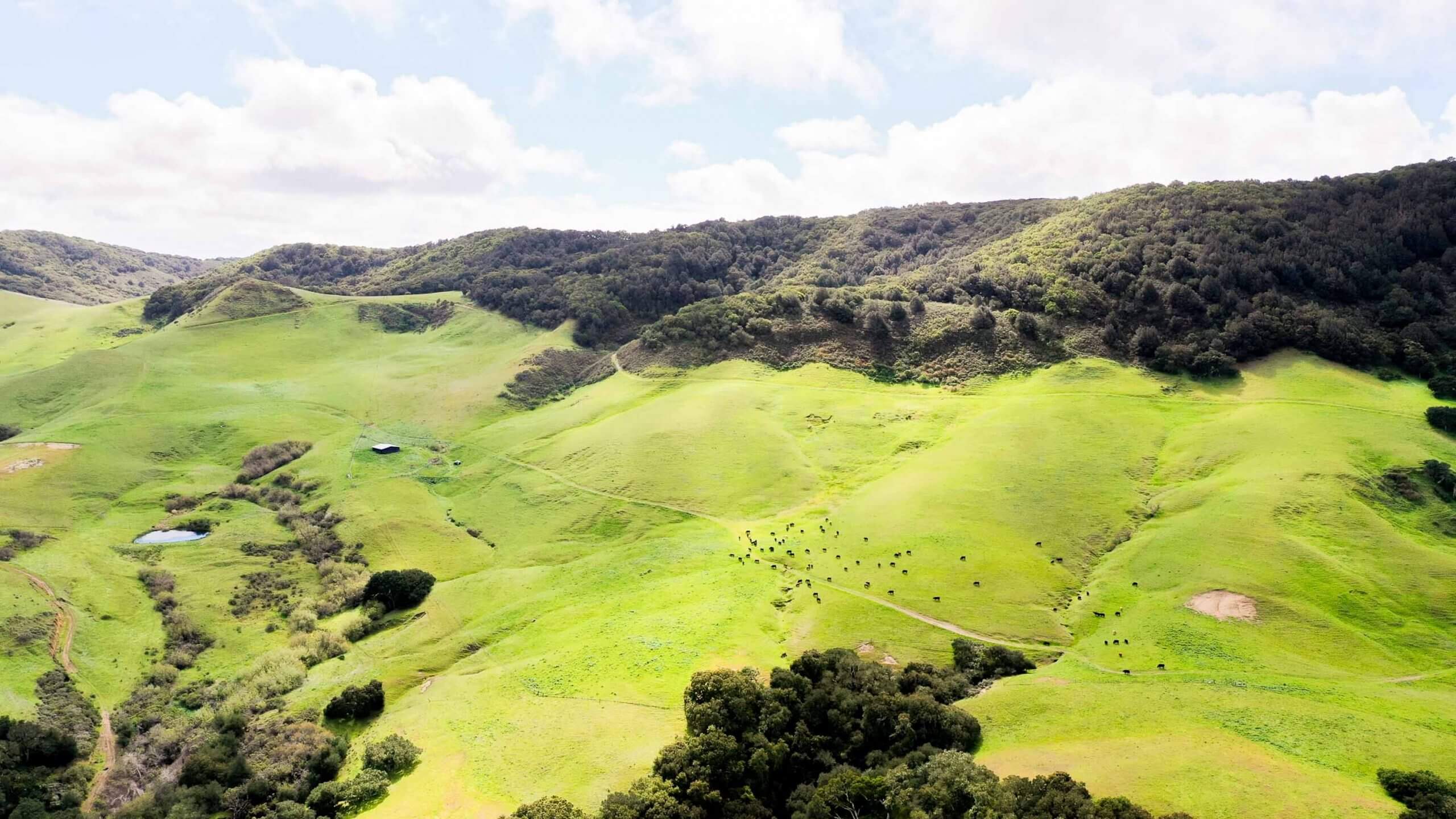
Farming as we know it today was largely developed during times of colonization. As settlers took over the lands previously managed by Indigenous peoples, many keystone species—like bison in the Great Plains region of the US and elephants in Thailand—have lost their habitats and seen wild numbers diminish. In the US, the land was tilled and over-grazed, and in the last hundred years, pesticides and chemicals were introduced to help grow greater quantities of a single crop. This has only made our problems worse. A 2021 study from Scientific American found that pesticides harm organisms crucial to maintaining healthy soil.
Today, food is responsible for about a quarter of the world’s greenhouse emissions. Agriculture, specifically, is responsible for 11.2 percent. According to UN News, a large factor in these statistics (and their impact) has to do with unhealthy soil and farming practices that rely heavily on chemical use. “Production processes, which includes inputs such as fertilizers, are the leading contributor to overall food-system emissions, or 39 percent of the total,” read the UN findings.
So how do we preserve the land, and the food grown from it?
The team at White Buffalo Land Trust, which is located in Santa Barbara, California, has placed their bets on recreating symbiotic ecosystems through agriculture—aka, regenerative farming. The concept of regenerative farming is a return to a more natural way of growing. With the amount of research that exists today, regenerative farming has the power to make a huge impact. It increases the soil’s carbon storage abilities. It creates more diverse and nutritionally dense produce. It allows Indigenous and native people to reclaim their traditional foods. It helps make it more affordable to feed communities. But implementing regenerative farming worldwide is a matter of changing massive infrastructures and shifting consumer behaviors—a tall order, indeed.
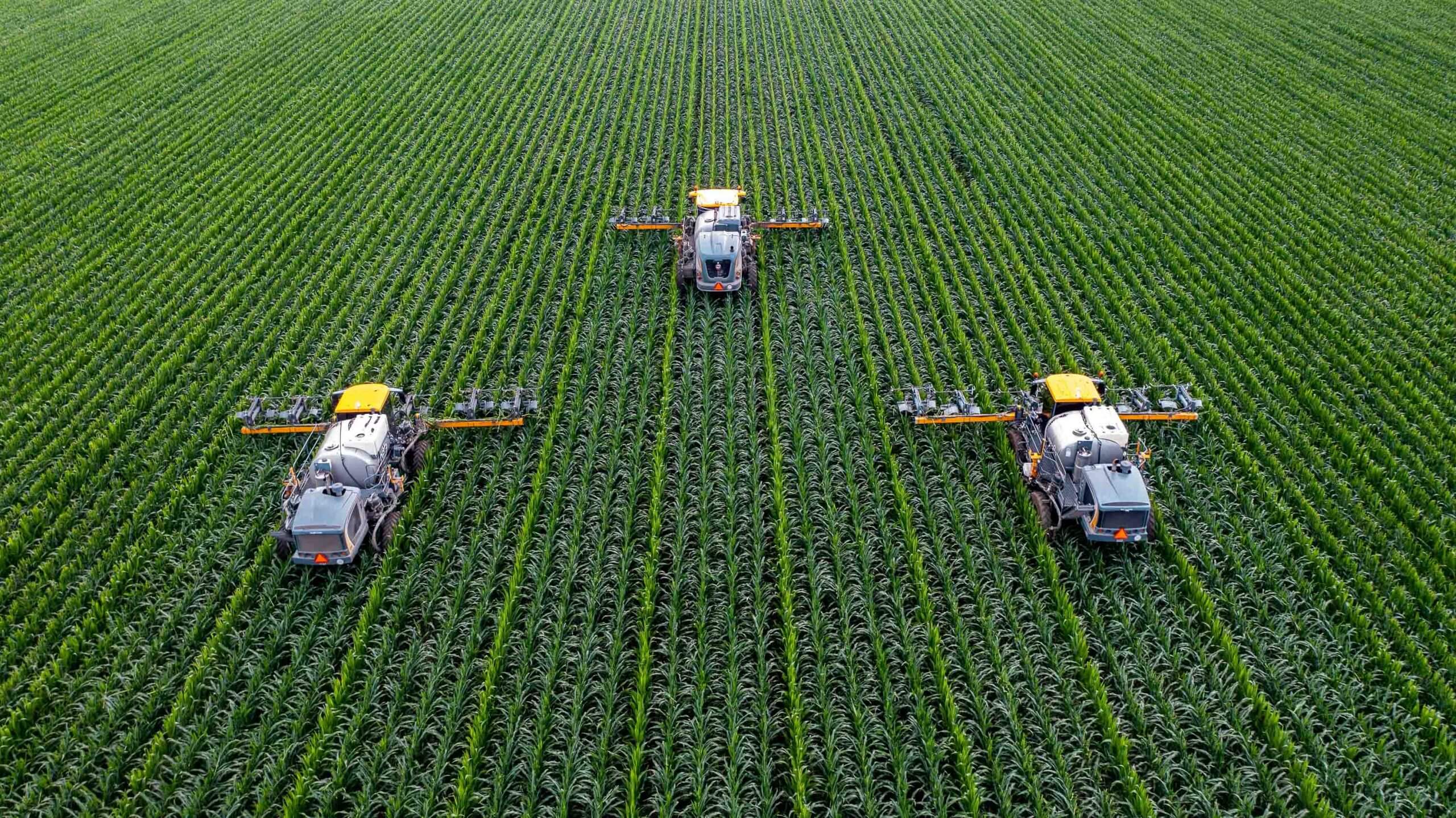
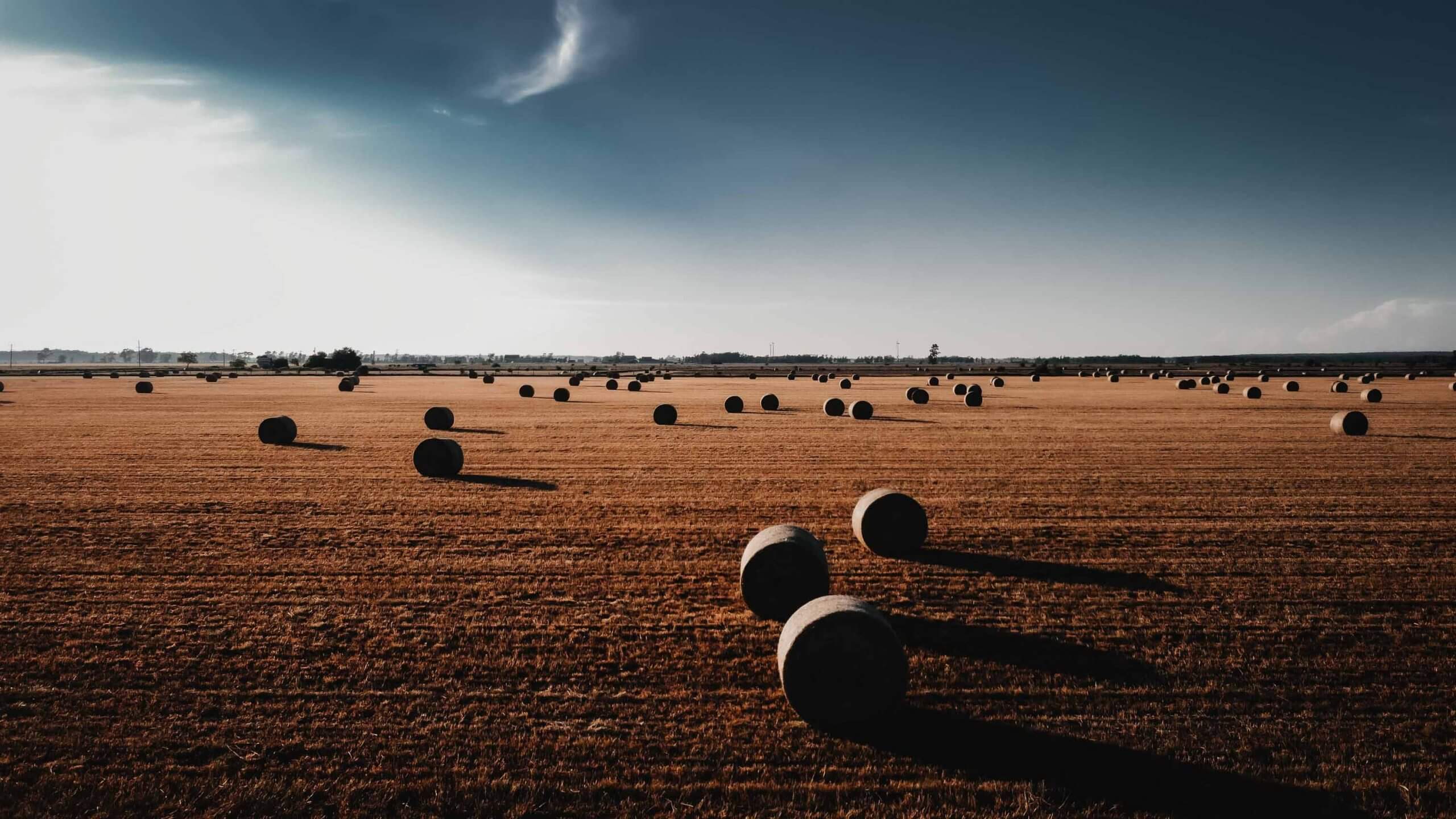
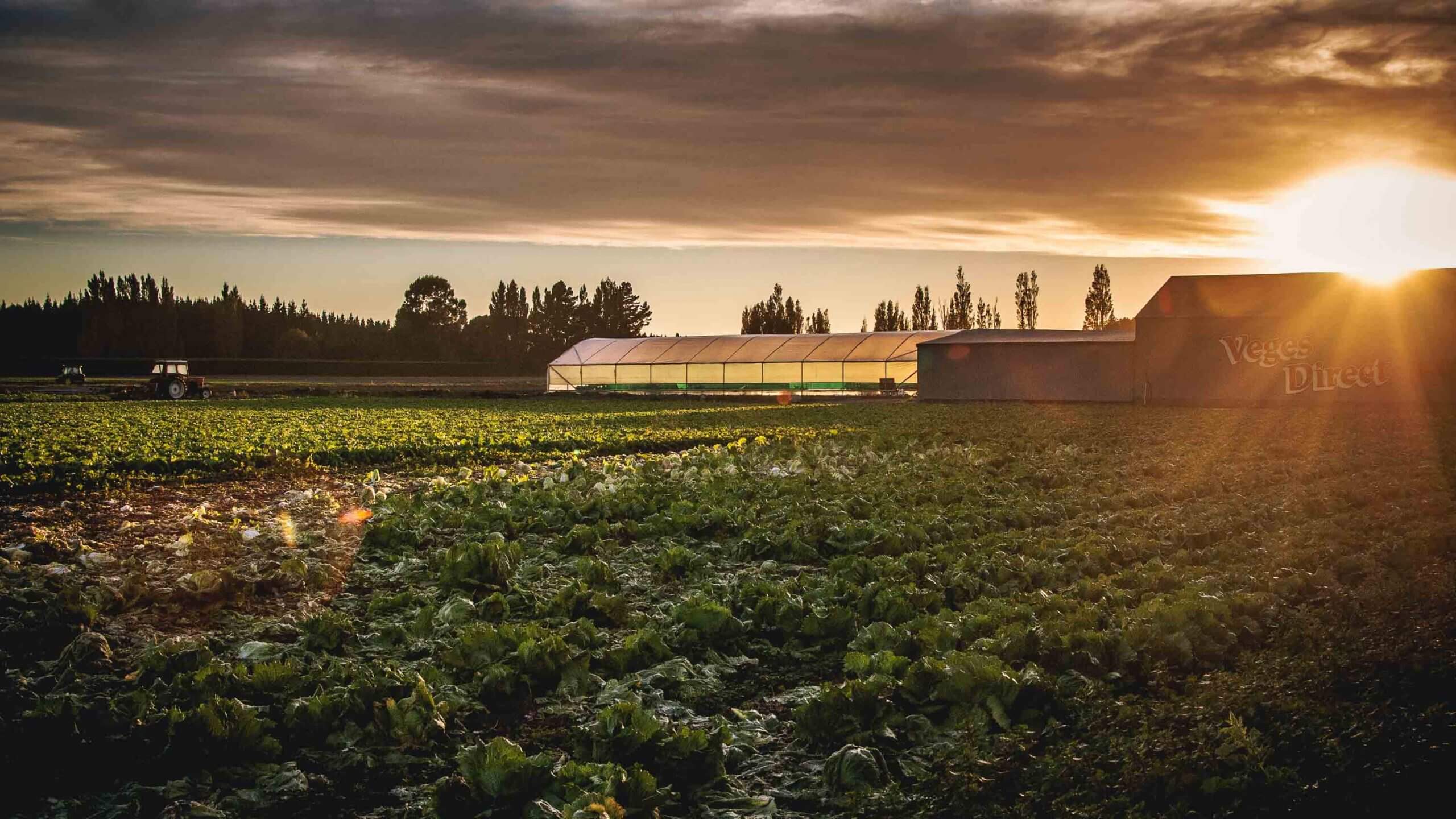
According to the USDA, rotating crops—most commonly alternating a high residue crop like corn, with a low residue crop like soybeans—helps the biodiversity of the soil, which in turn requires fewer chemicals and causes less erosion. But rotational farming doesn’t create an entirely symbiotic environment. The soil is still dependent on farming practices (like irrigation) rather than a more naturally occurring system.
Healthy soil absorbs and retains precipitation, which is especially important during dry months. It also prevents soil erosion during wet months. Healthy soil holds more water, so even if it can’t entirely remove the need for manual irrigation, it can reduce it significantly. When everything from plants to insects to large animals plays a role, the need for harsh chemicals is eliminated.
Research has shown that all agriculture and plant growth comes down to the quality of the soil. When the billions of organisms that live in the earth get the nutrients they need, plants need far fewer additives to grow. That, in turn, offsets global emissions significantly. With regenerative agriculture, the main role of the farmer becomes stewarding the soil.
The farmer moves from tilling, planting, watering, and harvesting at specific times to a variety of tasks including systematic soil protection, mulching, designing and organizing crop rotation, caring for animals that fertilize the soil, pruning, and harvesting.
Kyle Sullivan, Director of Marketing and Communications at White Buffalo Land Trust, says the farmer’s role depends greatly on their land and resources. “The regenerative farmers’ role is to become both a student and participant in the ecological systems at play on their land base; to learn and implement context-appropriate practices that create positive ecological outcomes.”
There’s no one set of rules to apply globally. Rather, the farmer becomes tuned in to what’s going on in their region, their water supply, and their soil.
White Buffalo Land Trust has functioned for several years as a 12-acre farm. But under the leadership of founder and president, Steve Finkel, White Buffalo recently acquired the Jalama Canyon Ranch, a 1,000-acre piece of land near the Point Conception headland. At Jalama, White Buffalo will offer educational and technical training courses to teach people how to grow their own regenerative garden, and about the ecosystems that exist in the Santa Barbara region. “Our goal is to inspire the rapid and broad adoption of regenerative agriculture locally, regionally and globally,” Finkel says.
He wants people to come and explore—to see firsthand how land can and should function. “We have orchards and vineyards where we’re growing olives and grapes. We have oak woodlands, which include some extremely sensitive habitat areas. We have coastal sage scrub, and extensive riparian corridors throughout the property. Our work is to model how to engage with each of these ecotypes in a way that can grow our food and our fibers.”
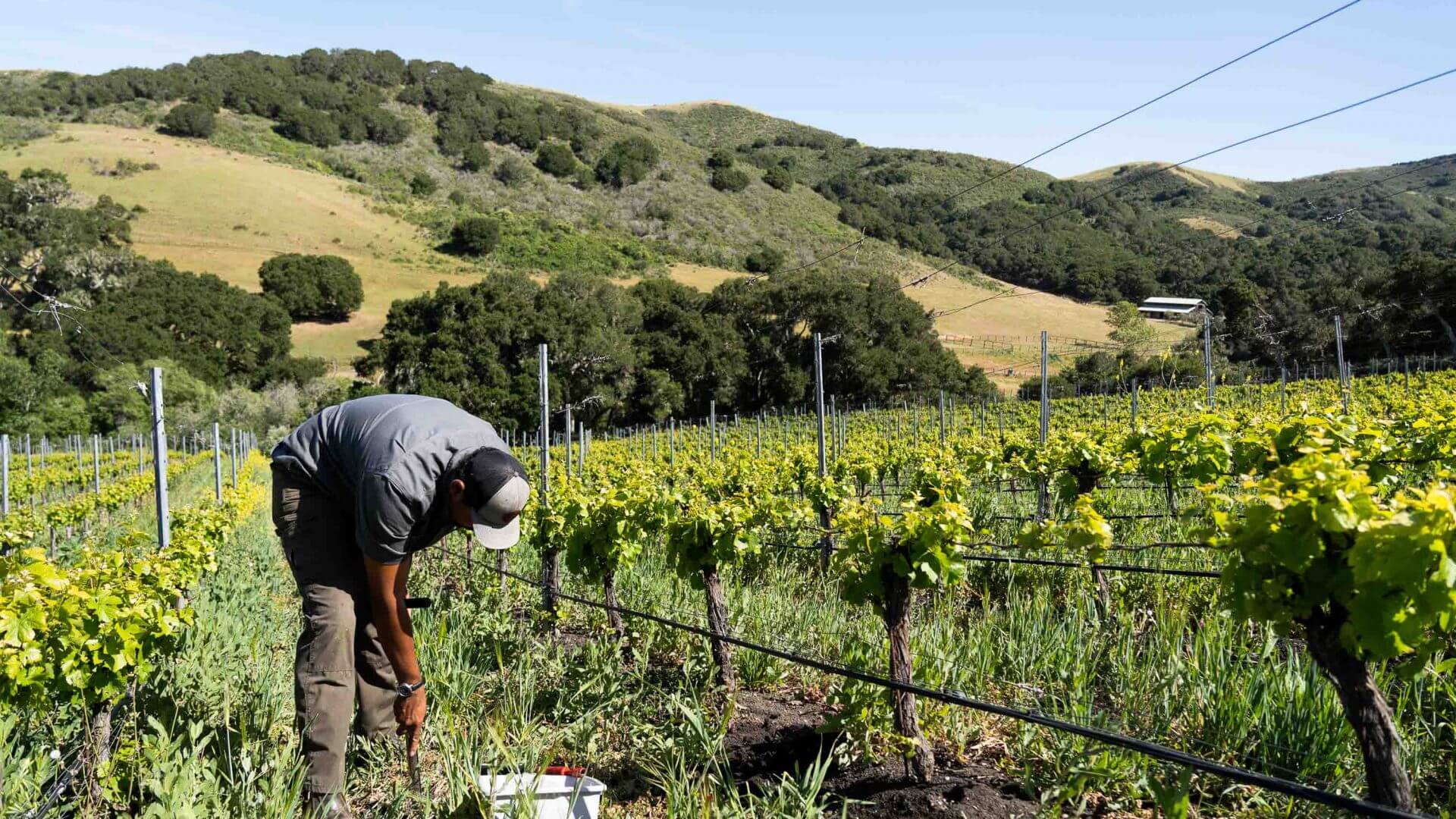
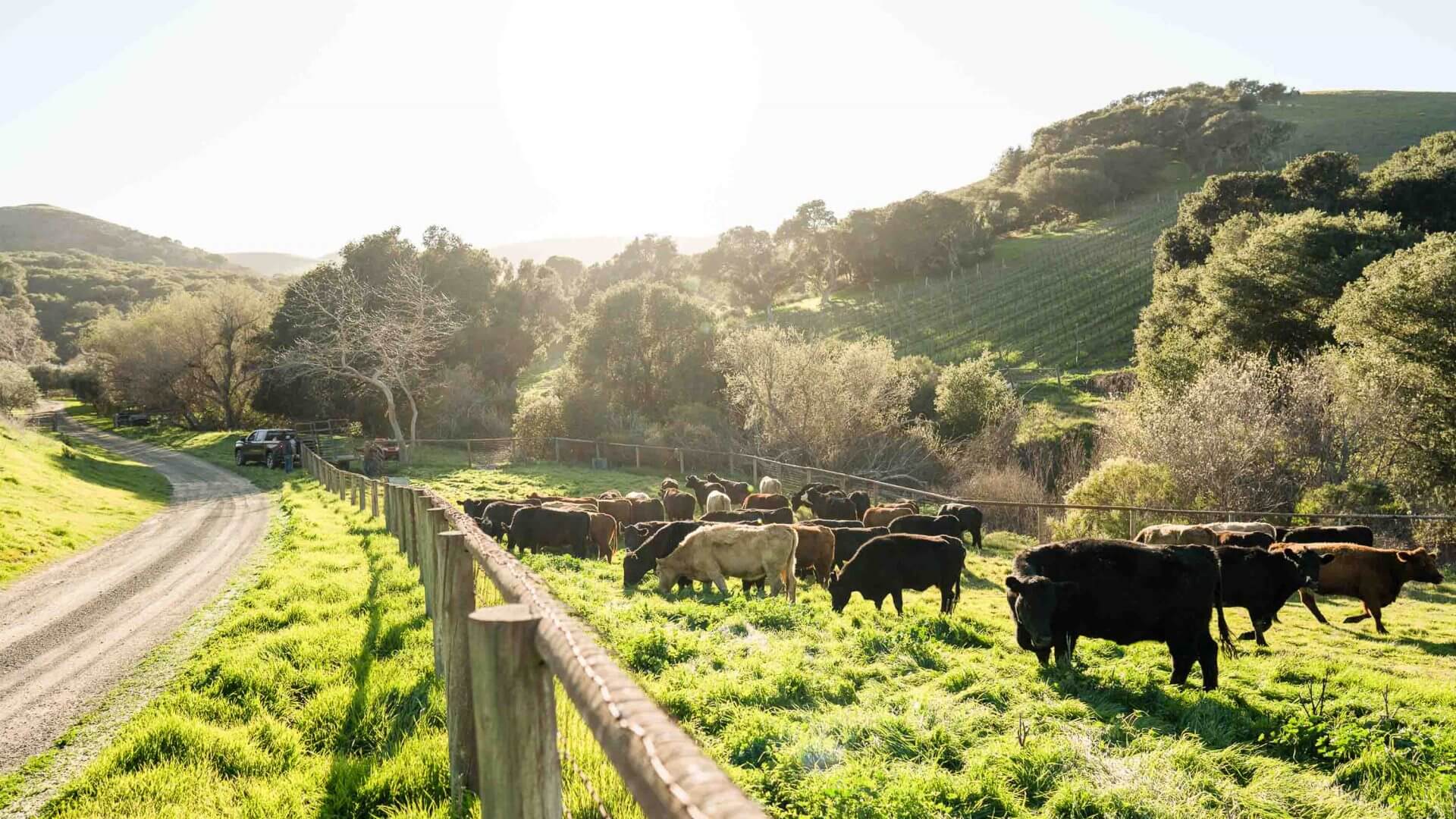
As White Buffalo continues to grow, its mission is dedicated to the evolution of land stewardship and the redesign of our food system to directly address the climate, biodiversity, public health, and food security challenges. In order to do all of that, the community must be involved. No single farm or initiative is going to “fix” agriculture or prevent huge climate change-related catastrophes. So White Buffalo and other farms and ranches are putting a huge focus on education and outreach.
Anne van Leeuwen and Ricardo Cano Mateo, the owners of Bodemzicht Farm in Malden, Netherlands, often take applications from those interested in living at the farm and learning about regenerative agriculture. Applicants don’t need any farming experience and are trained for three months before working for at least a year. While at the farm, apprentices earn a living wage, learn about regenerative practices, and work with local entrepreneurs—such as chefs and restaurant owners who purchase food and goods from the farm. Van Leeuwen and Mateo believe that whenever possible, farmers should be feeding the people who live closest to the farm (rather than sending food off to faraway places).
Bodemzicht delivers food boxes, which are full of vegetables, herbs, mushrooms, and eggs, to 100 households and five restaurants near the farm. They sell eggs from chickens that eat fresh grass and insects. And they keep their doors (and fields) open. Instead of farming being an abstract notion, visitors can come to the farm and see how it all works.
“Centralized farming does not lead to a deeper connection between people and food production,” Van Leeuwen said last year. “By having smaller-scale farms directly in and around cities, we can close the gap between farm and fork and teach people what it means to grow proper food.”
For Bodemzicht, it’s a delicate balance of simple techniques and modern research—to unlearn farming practices that have become normal but aren’t necessary and at times are damaging to the soil. Van Leeuwen and Cano Mateo don’t till, plow, or use pesticides to produce their food, attempting to allow the soil and plants to grow as they would with less human interference.
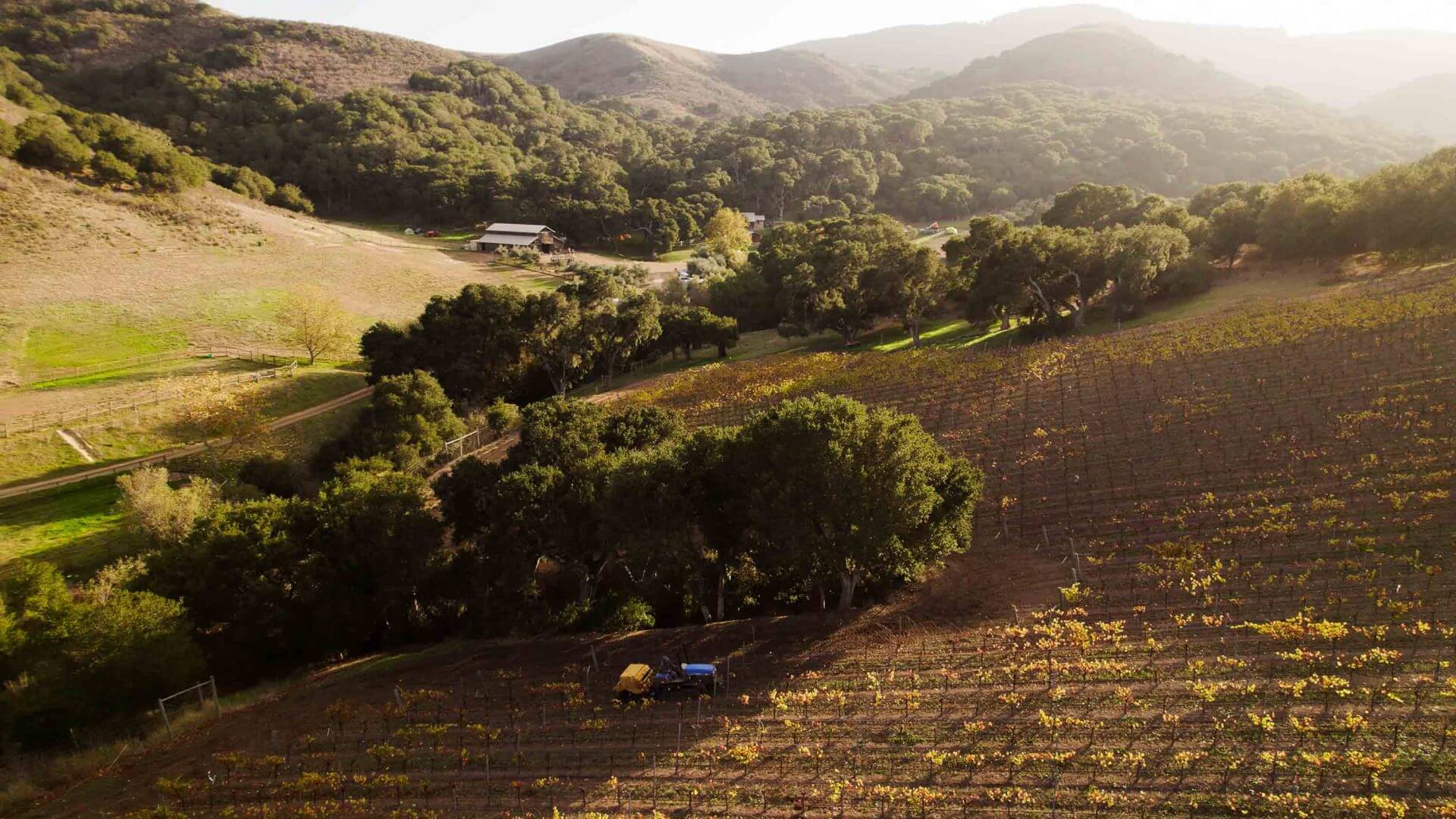
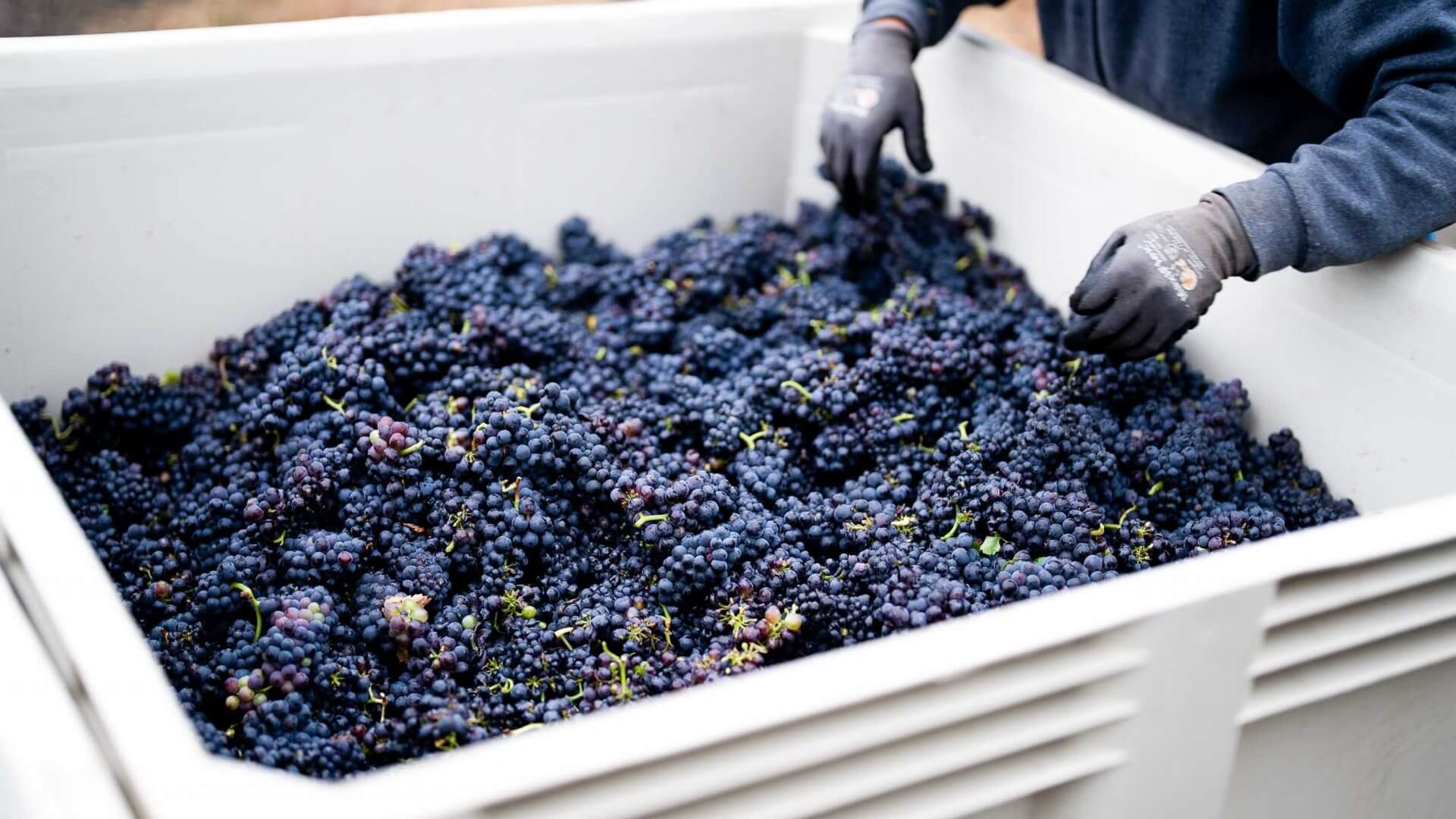
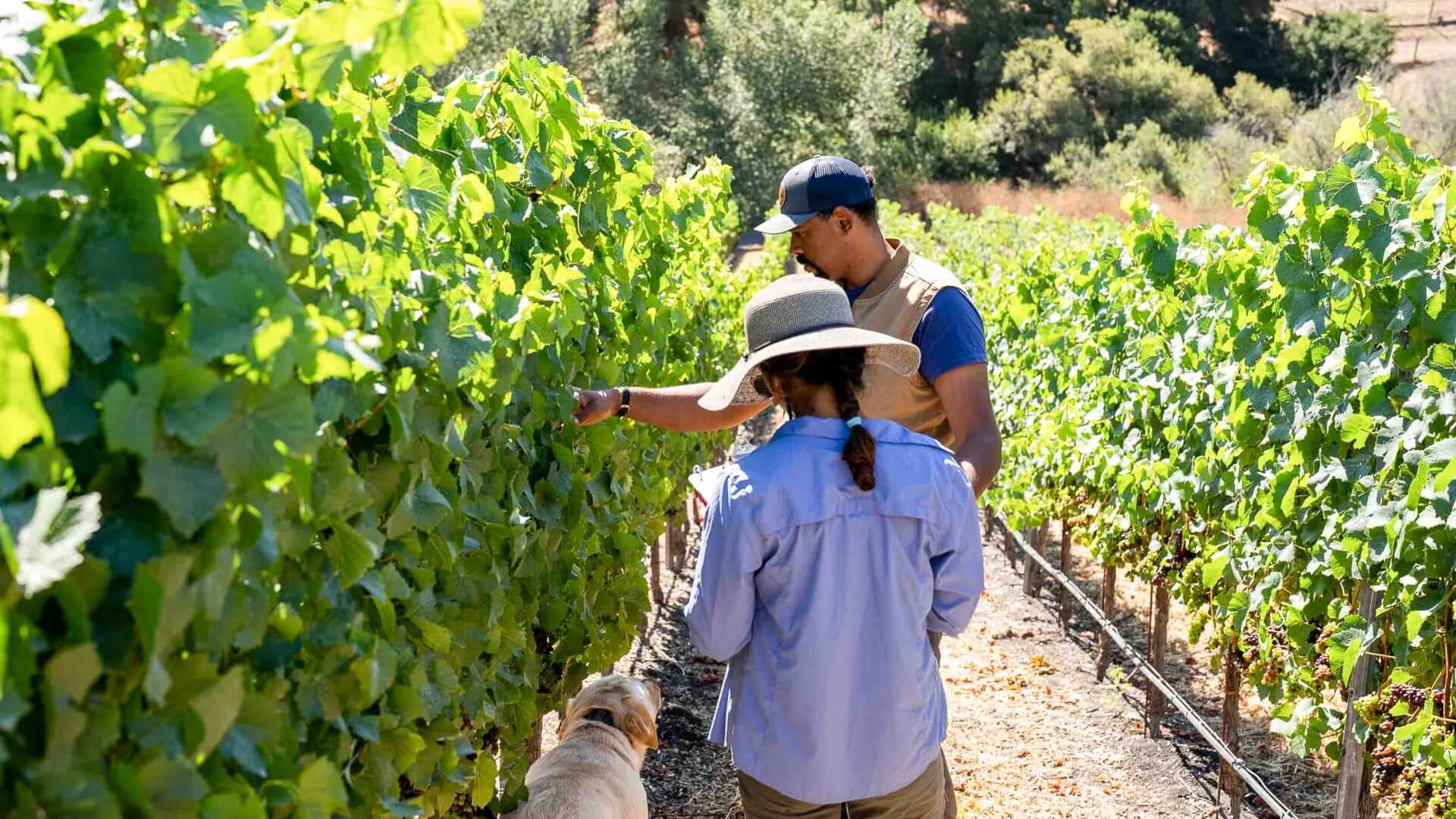
Permaculture farming is a distinct framework of regenerative farming that aims to mimic everyday interactions that occur in nature. Practices vary greatly depending on location and resources, but always involve working with—rather than fighting against or altering—water sources, climate, and land features.
Farm Du Bec Hellouin, a 50-acre farm nestled in Normandy, France, utilizes permaculture farming to facilitate a natural structure of growth. They use a forest garden approach, which involves a tiered system that mimics a natural forest, with all edible plants. There’s a canopy, which consists of fruit trees, like peaches, and an intermediary shrub level, which includes raspberry bushes, redcurrant, and blackcurrant bushes. Then there are the aromatic plants, which grow close to the ground, such as sorrel. Vined plants, like giant thornless blackberries, grow throughout and climb tree trunks just like they do in a rainforest. There are also hedges, pastures, and pools to attract pollinators. Different levels trap water, block the sun, and facilitate efficient growth for each additional layer. Besides being an efficient system—each layer contributing to the whole—it’s also very beautiful.
In an interview for Brut, founder Charles Hervé-Gruyer says that the forest garden reminds him of his sailing days, when, for 15 years, he shared much of his life with Indigenous people in the Amazon region. “I realized we’re trying to get back to being hunter-gatherer farmers,” he says. Farm Du Bec Hellouin doesn’t till the soil, and has a declining need to plow it because they’ve planted thousands of perennials, thus the farmers simply become gatherers of the fruits and vegetables.
From 2011 to 2015, Farm Du Bec Hellouin worked with INRA (the National Institute of Agricultural Research) and AgroParisTech (a major French graduate institute in science and engineering) on a study that aimed to record and report on farming methods and the economic viability of yields. Absolutely everything going on at the farm was noted, tallied, and recorded. The results were impressive.
The study found that just 1,000 square meters (just over 10,000 square feet) of hand-farmed land produces as much as 10,000 square meters (107,639 square feet) of land farmed with a tractor. And automatically, the harvest produced is far more diverse than farms that concentrate on only one or two crops.
During the study, Farm Du Bec Hellouin grew 17 different aromatic herbs and edible flowers, 16 fruit vegetables, 11 root vegetables, and 32 leafy vegetables. Plus, several varieties of fruit trees. The resounding conclusion was that small-scale farming done entirely by hand is highly efficient and productive.
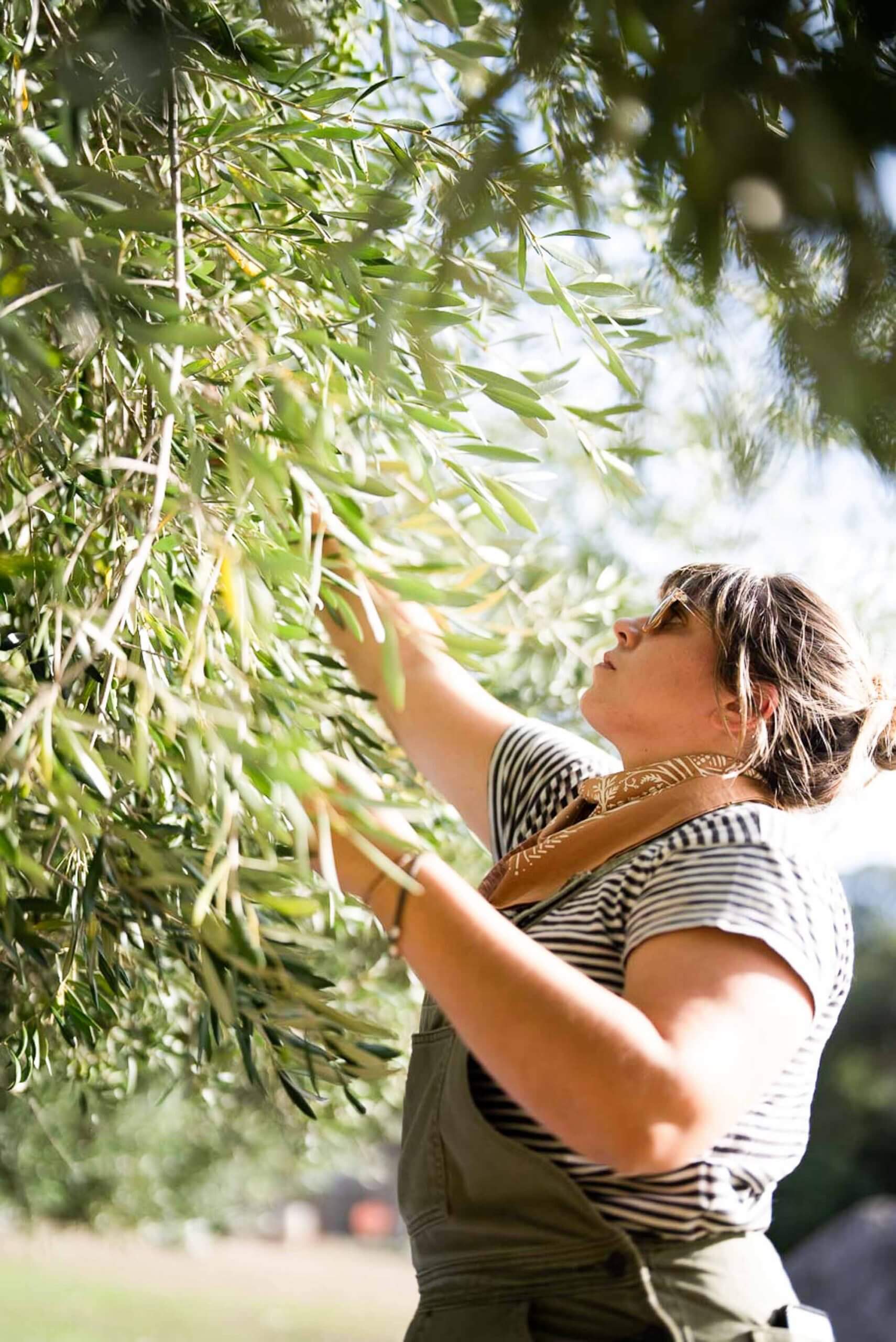
Although many regenerative farms are lovely, tranquil places to hang out, it’s not all about creating a zen garden. Regenerative farming simply aims to engage the soil in a healthier, more productive way. It means caring for the land and working to build stronger planting systems, so anyone anywhere can participate. The major steps can be implemented in any place—from urban gardens to massive ranches.
Kelsey Ducheneaux-Scott is a fourth-generation tribal rancher. She and her family own and operate the 7,200-acre DX Ranch on the Cheyenne River Sioux Nation in South Dakota. Ducheneaux-Scott is also the program director for the Intertribal Agriculture Council, a nonprofit dedicated to the conservation and development of Native American agricultural resources. More than anything, she wants to create quality, sustainable food for her community while restoring the land and the soil.
DX uses regenerative practices with cattle in rotational grazing, as well as prairie monitoring and replanting native grasses. For Ducheneaux-Scott’s ancestors, relocation and a nomadic lifestyle were always part of regenerative farming.
She is reclaiming that ecosystem after her relatives were forcibly moved and settlers began manipulating water flow through practices like damming. Those changes to the ecosystem created drought, flooding, and weak soil. But after several generations of regenerative farming practices on DX Ranch, Ducheneaux-Scott is seeing change—including stronger soil, healthier grass, and a more natural relationship between the cattle and the land.
Ducheneaux-Scott now considers herself to be a soil expert. She’s studied the relationship between microbes and fungi extensively. She does everything she can to replenish the soil. One tactic is to increase the size of the grazing pastures so that the cattle can more closely mimic the patterns of the buffalo from generations ago.
The ranch also works diligently to keep some of their beef local, operating a direct-to-consumer grass-fed meat operation, DX Beef. They want to provide quality, affordable food to the community. “We live on the Cheyenne River Sioux Indian Reservation, which is one of many food deserts across Indian country,” Ducheneaux-Scott says. “We have thousands of people who have to drive over an hour to get to any form of fresh produce or a grocery store or even a convenience store in some locations. The quality of Angus beef can help to fill the gaps that are still existing in our food system. And that’s why I feel that my job is so important.”
Ducheneaux-Scott is especially open about her practices because she wants others to learn and mimic what she and her family are doing. She—and the others who are at the forefront of regenerative farming—believe it’s the only way forward in agriculture.
And it may be the only way forward for the future of our planet’s food and land. In fact, the non-profit Regeneration International claims that transitioning 10 to 20 percent of agricultural production to best practice regenerative systems can sequester enough carbon dioxide to rebound from climate change. In January 2022, the Ecdysis Foundation, a non-profit based in South Dakota, launched an ambitious plan to begin a large-scale research database of 1,000 regenerative farms and their impact, as well as their profitability. The US Geological Survey, General Mills, and philanthropic organizations have partnered with the study to help fund its research, which is set to conclude in a decade.
The goal? To prove that regenerative farming can happen anywhere, at any scale. And to develop how-tos so that anyone can take part. Because if this is to work, we all have a part.






